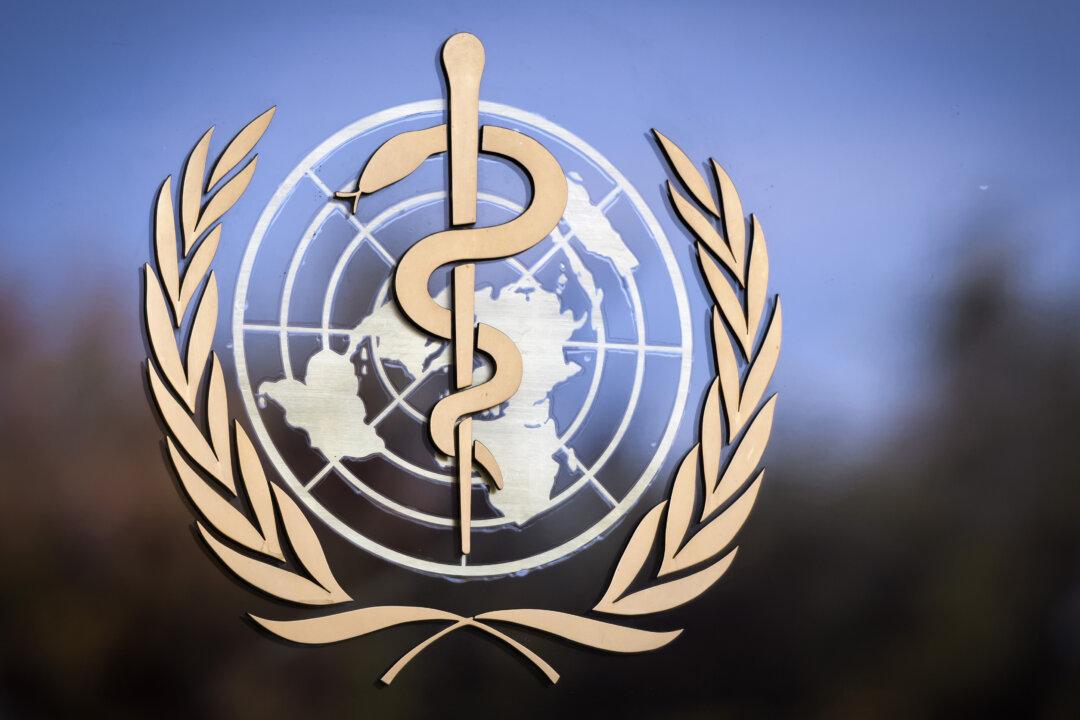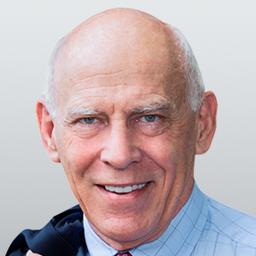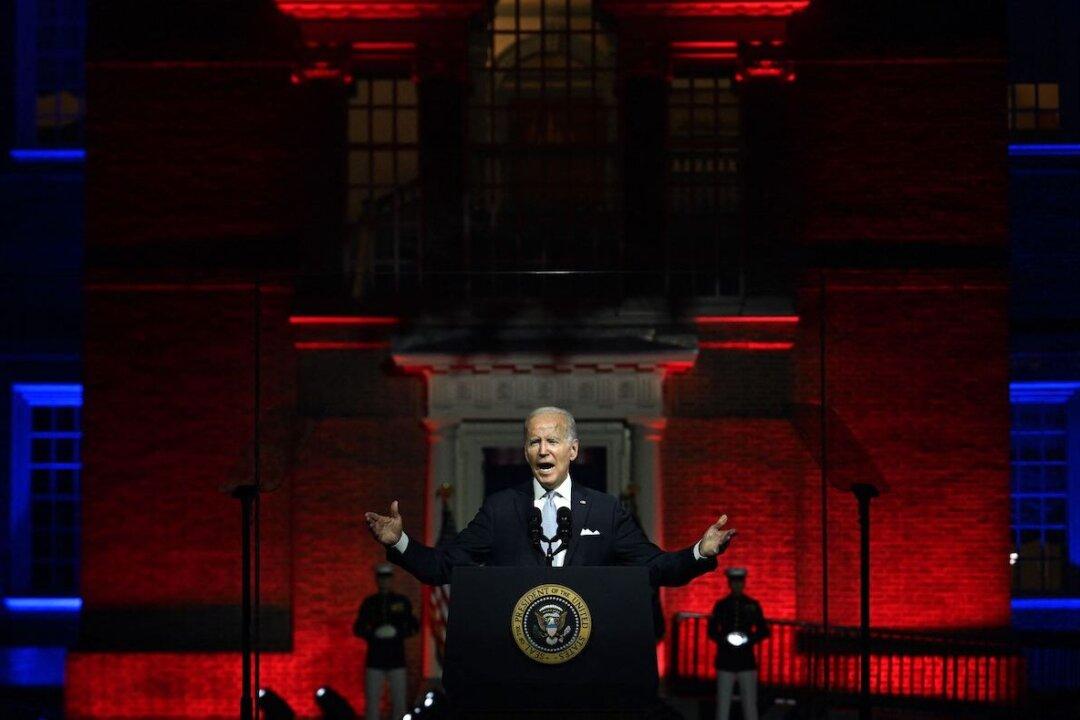Commentary
Leaders rely on experts both to help them decide policy and to support them in the decisions they make. They know that in a pandemic like the present, people want politicians to set aside their political agendas and defer to experts instead. That’s why political leaders flank themselves with institutional experts in epidemiology when explaining their decisions.





